Finding the Key to the Key…
How do you know what key a piece of music is in?
Great question that I get a lot.
Sometimes it’s simple. other times it’s not.
Start here…
You can determine a single key with most diatonic songs – those are songs that only – or mostly – use notes from a certain key. In such cases you have two pointers:
- the key signature of the chart
- the last chord
You need both pieces of information, because two sharps may be the key of D major or the key of B minor, for example. If you use the Cycle of Fifths to determine the key, so don’t forget the inner ring of the minors. If these two bits of information give you a coherent answer, then chances are you have found the key.
It is sometimes not so simple because…
- Many songs have key changes in the middle (often in the bridge for example)
- Many songs go through a variety of keys, so it is hard to pinpoint which one should be the determining key: the key of the chorus? Or of some other hook? Or the key the majority of the song is in? Sometimes hard to tell and ambiguous.
- Some songs have diatonic as well as modal elements to them.
- Diatonic music creates – very simply put – tension/release through the qualities of
- subdominant (IV chord – GOING SOMEWHERE)
- dominant (V – I wanna go home. TENSION!)
- tonic (I chord – HOME)
Example: children’s songs.
- Modal music tells a story through colors, sounds. Certain chords and scales have certain sound qualities and in purely modal music you can disregard any and all “rules” and “restrictions” of the diatonic context and color a picture using the tonal palette of modes and other non-diatonic sounds. Example: Modal Jazz.
- A lot of music is actually a mix of the above two, diatonic and modal. Pop is a quite reliable example for that.
- Diatonic music creates – very simply put – tension/release through the qualities of
- Some songs have surprise endings (they go to a different chord rather than “home” – the one you’d expect -to create a lift or surprise effect). In such cases, the last chord will not be of help
- Sometimes the keysignature of a piece may have been chosen to make reading the melody easier, but jump through various keys.
- Sometimes the song may be in (mostly) a single mode. I have seen celtic music notated for dorian for example. The melody will tell you reliably if that is so.
- Turnarounds in the end that veer the song back to the beginning. These turn arounds are designed to get you excited about the next soloist in a Jazz tune or to come back in with the melody, however, they are often omitted when the piece is played the last time. In some Jazz charts the turn arounds are in parentheses, signifying that they are not occurring on the last go around. Turnarounds can be confusing for the beginner, however. So back up and see if you can analyze those last few chords – do they create a II-V to the chord on top? Maybe a III-VI-II-V to the top? Maybe you can find the key (the sense of “home”, of “ending”) by backing up two bars from the end?
- Be suspicious if the piece ends in a dominant seventh chord (unless it is a blues). Dominant seven chords often point back to the top.
This is a Big Indicator: the Melody!
- Does it center (start from and- much more important – return to!) one particular note and/or end on that note? Then that is likely the key center!
- Add up all notes – which scale(s) do they fit? Narrow it down. pick the most likely choice in combination with chords, ending note, typical patterns.
More Tips:
- If you know the chords, check the roots or find the scales that they fit in
- Look for common chord patterns like cadences (typical endings of eight-bar sections or major song sections), for example: I-IV-V, or I-V, or I-VI-IV-V… these typically suggest the key of that common chord progression (’s where knowing theory comes in extra handy!)
- Listen to the song until the end and sing the note that most feels like “home base”. Likely the key!
To Avoid Snags on the Band Stand and in Rehearsals:
So what do you do if the key of a song is truly ambiguous? The best way to go about it is to say: (Song Name), key of X, first chord Yminor.
And by the way: the first chord may or may not be the key of the piece. The last chord is a much more likely predictor.
If you take all the above pieces and weigh them carefully, you will at least have very good arguments for your assumption. If you are just starting out, the best advice is to practice cadences and diatonic chord progressions. Best done in the 1-4-7-3-6-2-5-1 fashion (in major as well as minor keys). It really drives home diatonic hearing and you can expand from there!



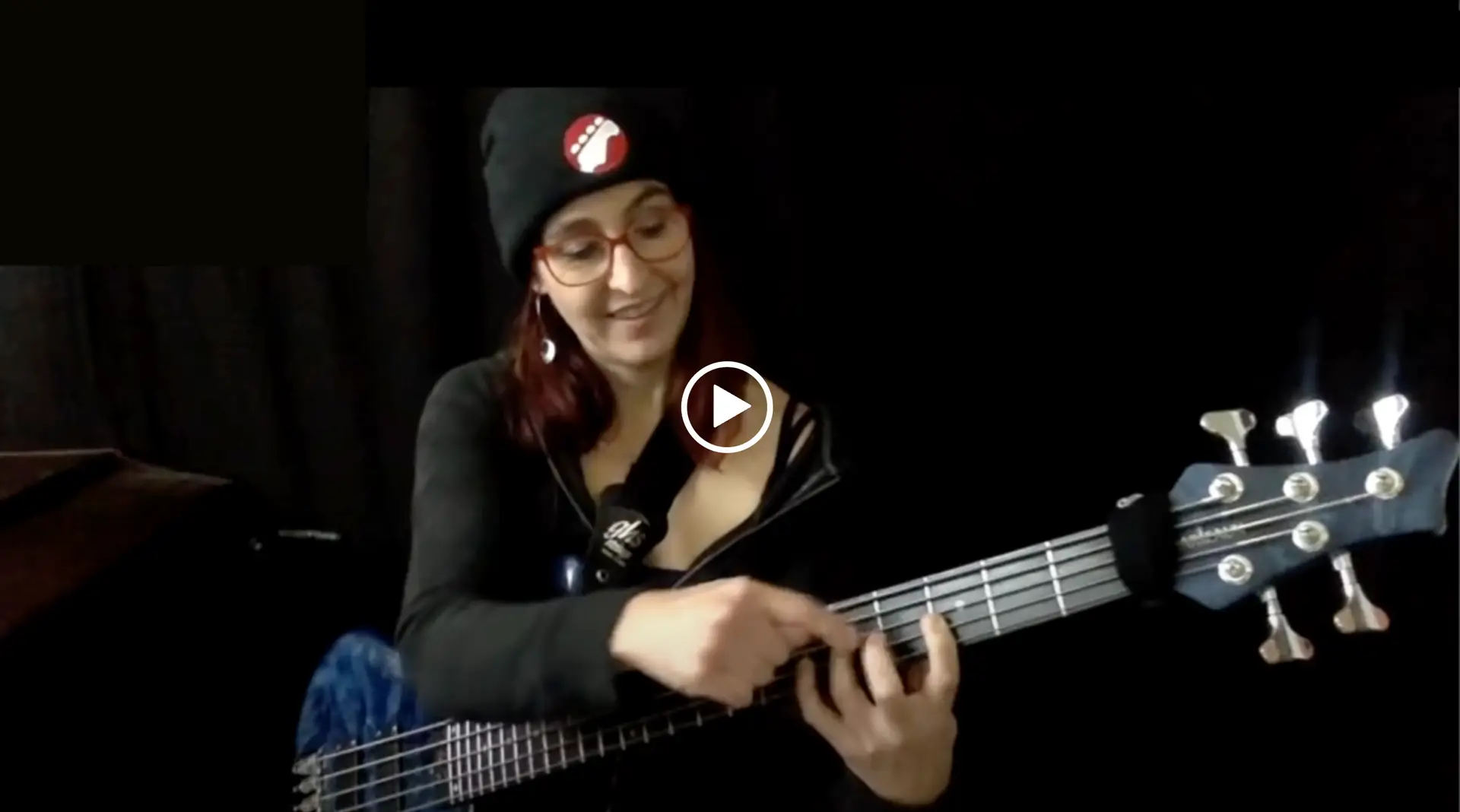
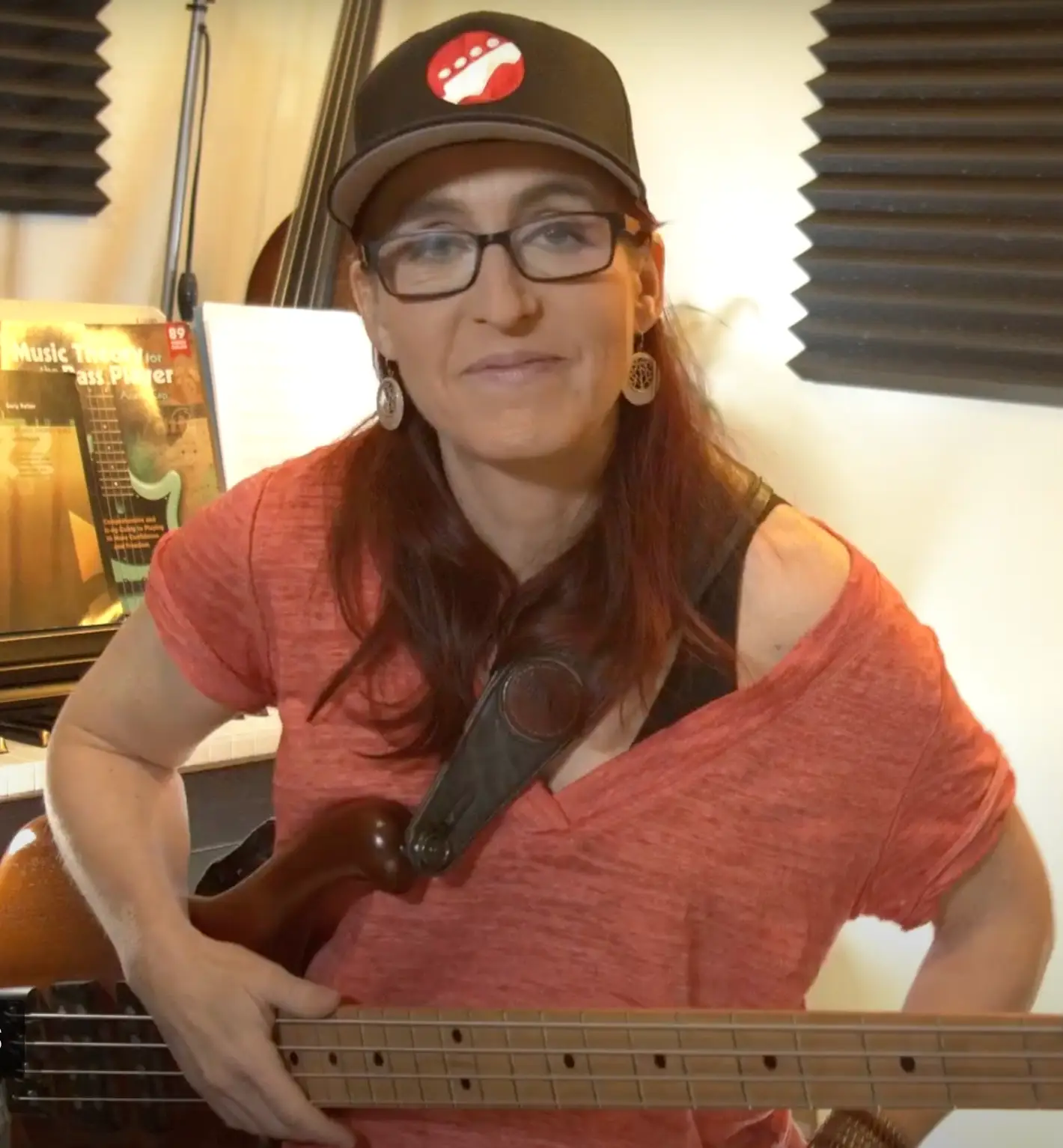
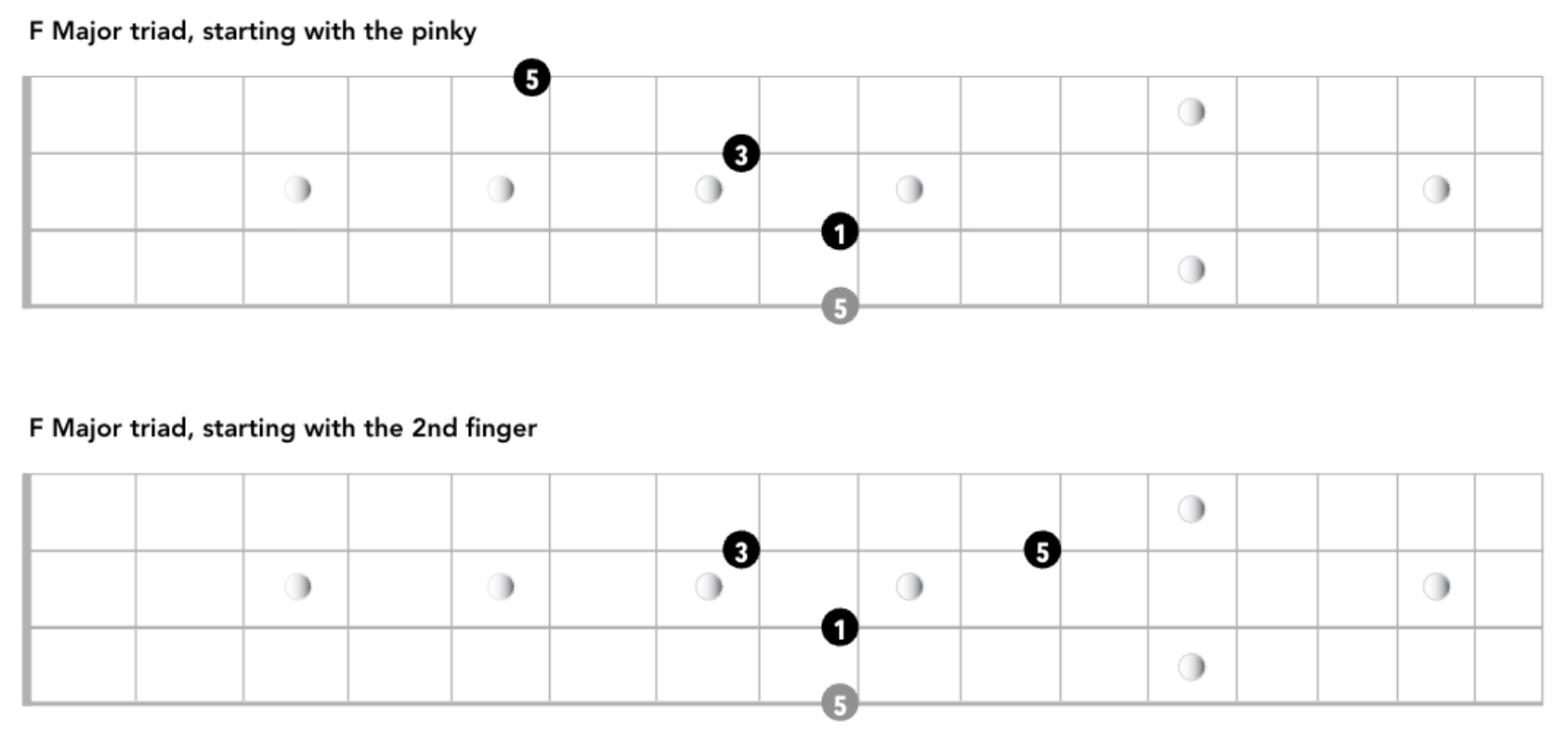

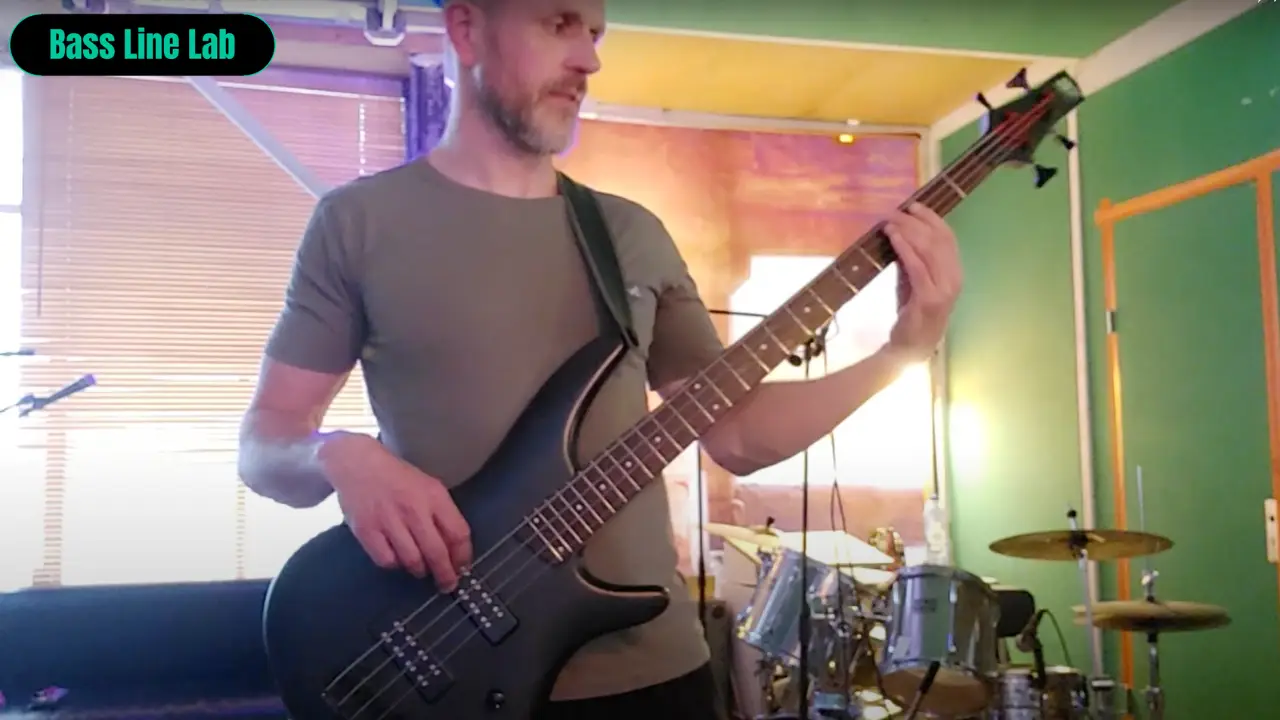
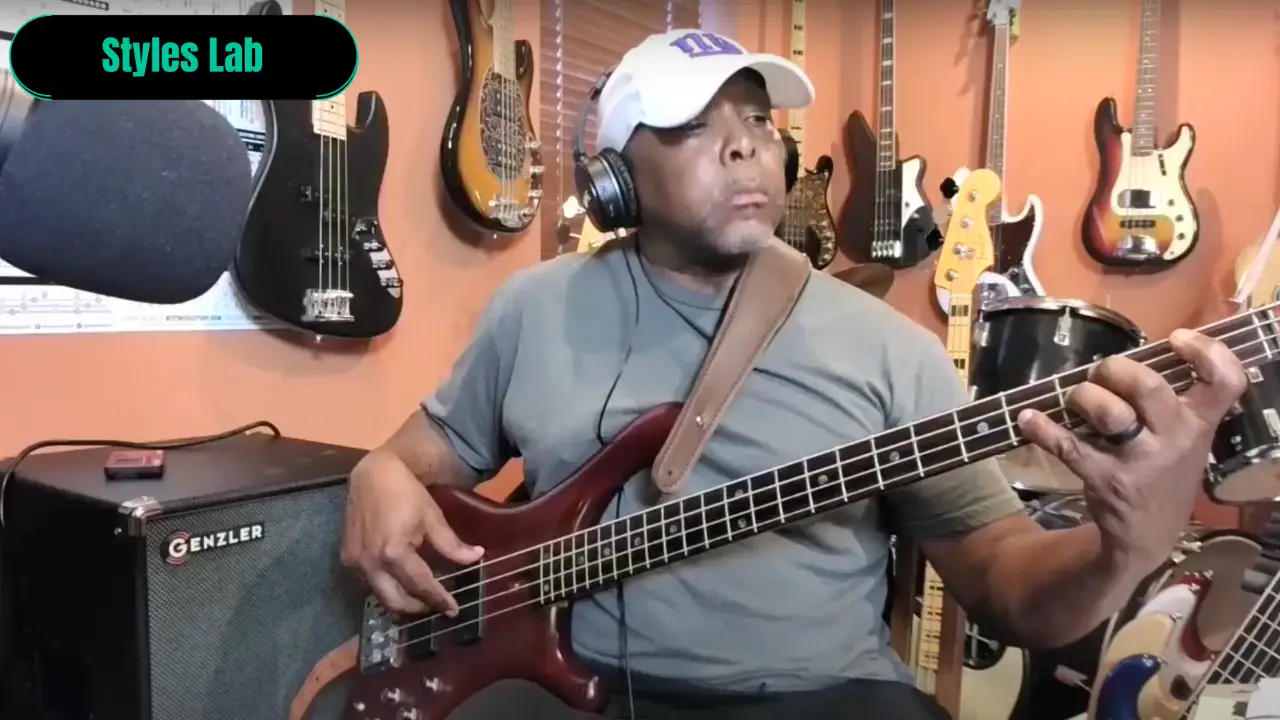
One Reply to “What Key is this Piece of Music in?”
Fantastic post Ariane! I am going through the course now and picking pieces to practice on the side and this recently came up (Rolling in the Deep by Adele) … simple song, but the key had me confused.
By the way, the music comedy video was great as well … informative and funny. Things like this stick because they are memorable.
Lastly, I like anything posted about Green Day. 😀